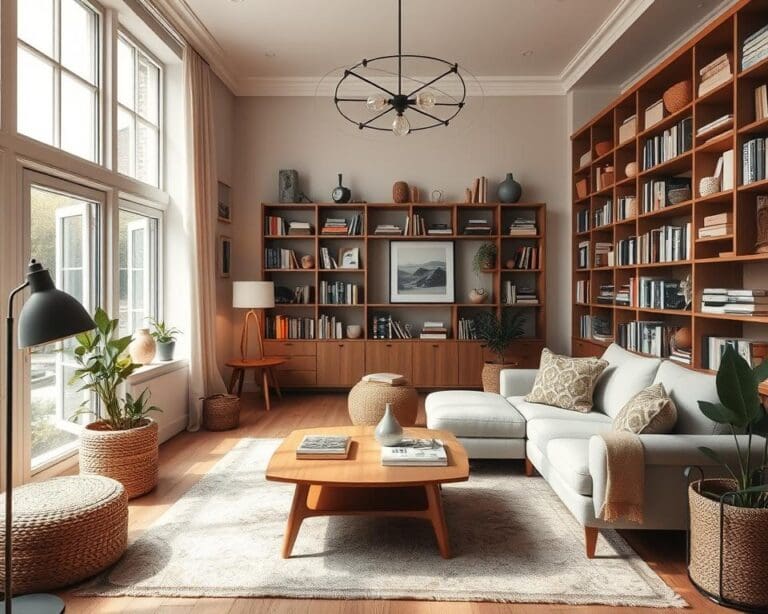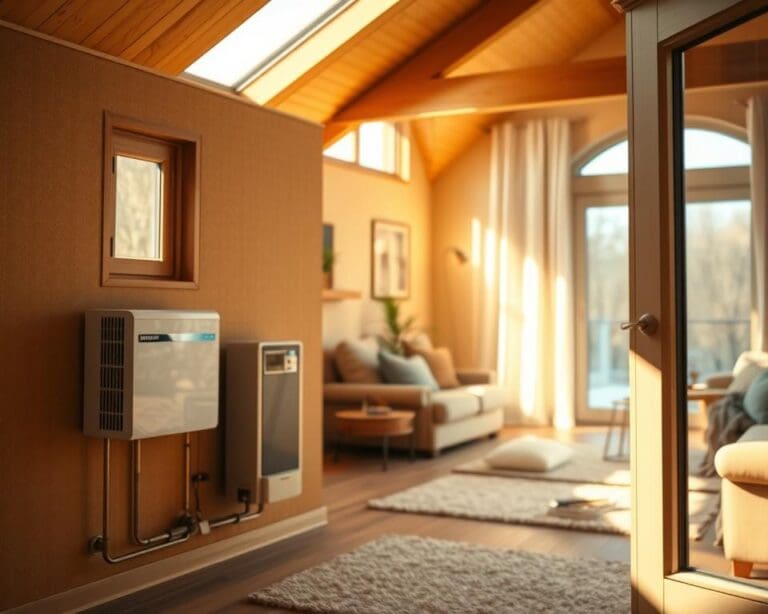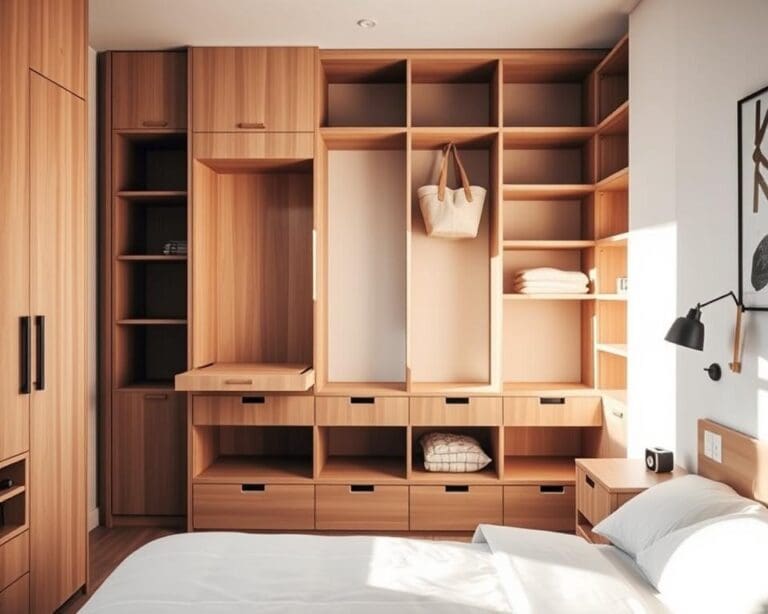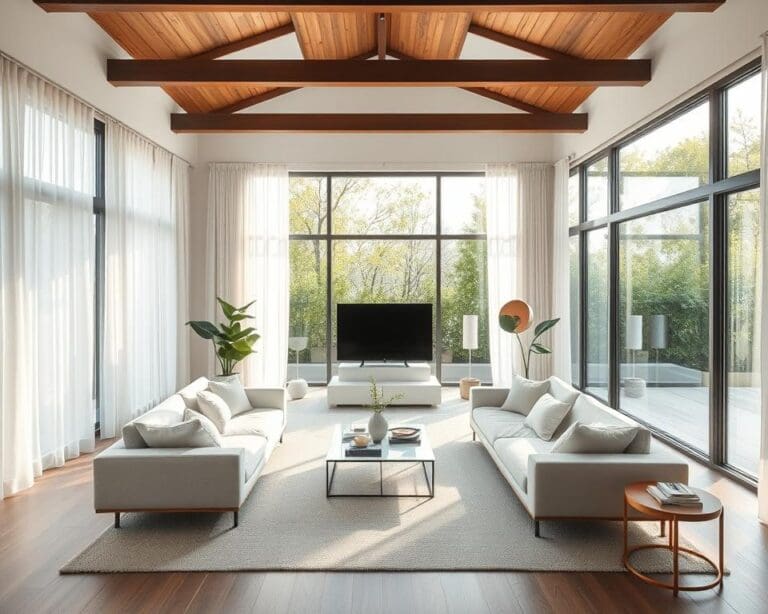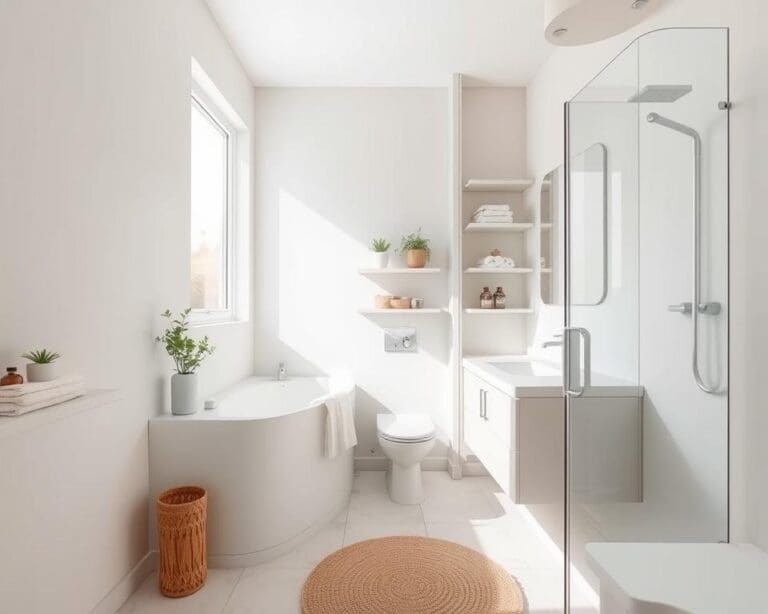In the ever-evolving landscape of modern hospitality, the choice of seating is pivotal in crafting memorable customer experiences. The best seating options not only reflect a brand’s identity but also enhance the ambience of dining environments, whether it be a chic cafe or an elegant restaurant. Selecting the right seating solutions is more than a mere aesthetic decision; it involves creating spaces that foster social interaction and comfort. Well-designed hospitality furniture has the power to transform a setting, accommodating diverse customer needs while elevating the overall atmosphere. By understanding the impact of seating on functionality and aesthetics, establishments can significantly enhance their appeal and invite guests to linger longer.
Understanding the Needs of Modern Hospitality Spaces
The landscape of modern hospitality needs constant evolution to cater to diverse guest expectations. Today’s customers seek a blend of comfort, functionality, and aesthetic appeal in seating options. Addressing these seating requirements is paramount for enhancing the overall customer experience.
Versatility stands at the forefront of contemporary designs. Seating arrangements must accommodate different dining styles, from casual gatherings to formal events. Understanding the varying purposes of seating allows establishments to optimise space utilisation while providing an inviting atmosphere for patrons.
Another essential aspect involves recognising customer demographics. The preferences of millennials may differ significantly from those of older generations. By tailoring seating solutions to meet these distinct desires, hospitality venues can foster a positive environment that aligns with modern hospitality needs.
The comfort of guests directly influences their experience, impacting both satisfaction and return visits. The right combination of materials and layout can transform a simple meal into a memorable occasion. Well-considered seating solutions not only enhance aesthetics but also encourage guests to linger longer, resulting in increased guest loyalty and revenue.
Trends in Hospitality Seating Design
The landscape of hospitality seating is evolving rapidly, driven by a blend of aesthetics and functionality. Current hospitality seating trends exemplify a shift towards environmentally sustainable materials, addressing the growing demand for responsible choices within the industry.
Incorporating flexibility into seating arrangements has become essential. Establishments seek innovative solutions that adapt to various events and guest needs. This adaptability often merges contemporary design with diverse seating styles, allowing venues to maintain a fresh and modern appearance while accommodating different functions.
Beyond functionality, the infusion of biophilic design significantly influences modern seating. By integrating natural elements, such as plants and organic materials, spaces achieve a calming environment that resonates with guests seeking a connection to nature. These design innovations not only enhance the visual appeal of hospitality spaces but also promote overall well-being.
What’s the best seating option for modern hospitality spaces?
In the realm of hospitality design, selecting the best seating option plays a crucial role in shaping the overall experience for guests. A blend of style, comfort, and functionality is key when considering modern seating solutions. Establishments are increasingly leaning towards designs that not only enhance aesthetics but also cater to the practical needs of patrons.
Banquettes offer a prime example of effective functional seating, maximising space while providing intimate settings for larger groups. Their versatility allows for easy reconfiguration, accommodating varying foot traffic and guest numbers. Lounge chairs, on the other hand, introduce an element of relaxation, enticing customers to linger longer and enjoy the atmosphere.
Communal tables foster a sense of community, encouraging interaction among customers. This type of seating option has gained immense popularity as it transforms dining into a shared experience, suitable for casual cafes and bustling restaurants alike.
Successful establishments often report enhanced customer satisfaction through thoughtful seating design, illustrating how modern seating solutions can significantly impact revenue. With customer feedback as the foundation, the continuous evolution in hospitality spaces showcases the importance of integrating both functionality and style in seating selections.
Comfort vs. Style: Striking the Perfect Balance
In the bustling world of modern hospitality, finding the balance between comfort vs style plays a crucial role in shaping the customer experience. Establishments must consider how hospitality seating choices can delight patrons while ensuring they feel at ease. Investing in ergonomic design can significantly influence the amount of time guests spend, directly impacting their satisfaction and likelihood of return.
Visual charm remains a pivotal element in attracting guests. The aesthetic appeal of seating can transform an ordinary space into a welcoming atmosphere. Thoughtfully designed chairs and sofas not only enhance visual interest but also serve to create a brand identity that resonates with clientele. Highlighting curated collections from brands such as Vitra or Herman Miller, many establishments artfully merge comfort and elegance, redefining the standard in hospitality settings.
Examples abound of venues successfully merging these two essential elements. Trendy cafes and upscale restaurants often employ plush seating with striking designs, ensuring guests remain comfortable while enjoying the surroundings. Such choices not only increase customer dwell time but also elevate the overall dining experience through an inviting ambience.
Ultimately, the decision to prioritise comfort vs style hinges on understanding the target audience’s needs. A well-thought-out blend of hospitality seating choices that prioritises both comfort and style enhances customer loyalty and satisfaction, establishing a thriving establishment built on positive experiences.
Influential Factors in Choosing Seating for Hospitality Spaces
Choosing the right seating for hospitality spaces involves considering various influential factors. Understanding these factors can significantly enhance customer experience and encourage repeat visits. Key aspects such as space availability, layout considerations, and audience preferences play a crucial role in creating inviting environments.
Space Availability and Layout Considerations
Space layout is paramount when designing seating arrangements. Physical dimensions of the area dictate how much seating can be included without compromising comfort and flow. Thoughtful arrangement of seats promotes interaction and customer satisfaction. Organising space effectively can make smaller areas feel more spacious while still accommodating more guests. The goal should be to create an inviting atmosphere without overcrowding.
Target Audience and Their Preferences
Understanding audience preferences can guide seating selection factors tailored to specific demographics. Different customer groups may favour distinct seating styles or arrangements. For example, younger audiences might prefer casual, flexible seating, while older patrons may lean towards more traditional, fixed arrangements. Analysing these preferences enables hospitality venues to cater better to their clients, fostering loyalty and enhancing overall satisfaction.
Types of Seating Options for Hospitality Spaces
In the realm of hospitality, the types of seating available significantly shape the atmosphere and functionality of a space. Consideration of both traditional and contemporary seating styles provides guests with varying experiences, catering to diverse tastes and needs.
Traditional vs. Contemporary Seating Styles
Traditional seating remains a popular choice in hospitality settings, featuring elements such as wooden chairs and upholstered booths. These options often evoke a sense of warmth and familiarity, creating a cosy environment for patrons. On the other hand, contemporary seating introduces fresh aesthetics through modular designs and sleek lines. This style promotes flexibility and adaptability, allowing venues to create dynamic layouts that evolve for different occasions. Choosing between traditional and contemporary seating ultimately depends on the desired ambiance and the overall design vision.
Outdoor Seating Solutions
Outdoor seating plays a crucial role in enhancing guest experiences, particularly during the warmer months. It invites patrons to enjoy al fresco dining while soaking up the natural surroundings. Selecting furniture made from weather-resistant materials ensures durability and longevity in outdoor environments. Versatile arrangements, such as movable tables and chairs, enable establishments to adapt their outdoor space according to the needs of their clientele, fostering a welcoming atmosphere that encourages social interaction.
Materials and Durability in Seating Choices
Choosing the right seating materials is crucial for influencing the success of any hospitality space. Different materials offer various levels of durability, maintenance needs, and aesthetic appeal. Leather, wood, metal, and fabric remain popular choices, each bringing unique aspects to hospitality furniture.
Leather is revered for its elegance and longevity. When properly cared for, it can withstand the wear and tear associated with high-traffic areas, making it an excellent option for restaurants and hotels. Wood offers a warm and timeless look, with high-quality varieties capable of lasting for decades. Regular treatment can enhance its resistance to scratches and stains.
Metal, frequently used in modern designs, provides strength and stability. Its durability against outdoor elements makes metal seating a prime candidate for patios and outdoor dining areas. Fabrics, on the other hand, can be both stylish and functional. The right fabric can ensure comfort while being easy to clean, an essential consideration in hospitality furniture.
The trend towards sustainable materials is reshaping the selection of seating options. Many manufacturers advocate responsible sourcing, offering eco-friendly alternatives without sacrificing style. Brands prioritising sustainability often use recycled, biodegradable, or renewable materials, reflecting a commitment to the environment and appealing to conscious consumers.
The intersection of durability and sustainability leads to innovative seating solutions that meet the evolving demands of modern hospitality. Selecting the right materials can enhance the experience for both customers and staff, generating a welcoming atmosphere while remaining functional for years to come.
Cost-Effectiveness: Investing Wisely in Seating
In the competitive landscape of modern hospitality, the choice of cost-effective seating can significantly impact both financial outcomes and guest satisfaction. Investing in quality furniture isn’t merely a question of aesthetics; it’s a critical decision that aligns budgeting with long-term value for money. While the initial costs may appear higher, durable seating designed for extensive use often translates to reduced replacement frequency, making it a wise investment in furniture that pays dividends over time.
Hospitality managers must consider the implications of their seating choices on overall operational costs. Quality materials and craftsmanship are essential elements that contribute to durability and ease of maintenance. By prioritising these factors, establishments can ensure that their seating will withstand the rigours of daily use, leading to fewer repairs and replacements, which in turn supports a more efficient budgeting strategy.
Ultimately, making informed decisions about seating goes beyond mere cost analysis; it’s about understanding the potential returns on investment. By selecting cost-effective seating solutions that resonate with clientele needs, establishments can foster an inviting atmosphere that encourages repeat visits. Therefore, a well-planned approach to furniture selection not only enhances the guest experience but also reinforces the establishment’s financial health.



